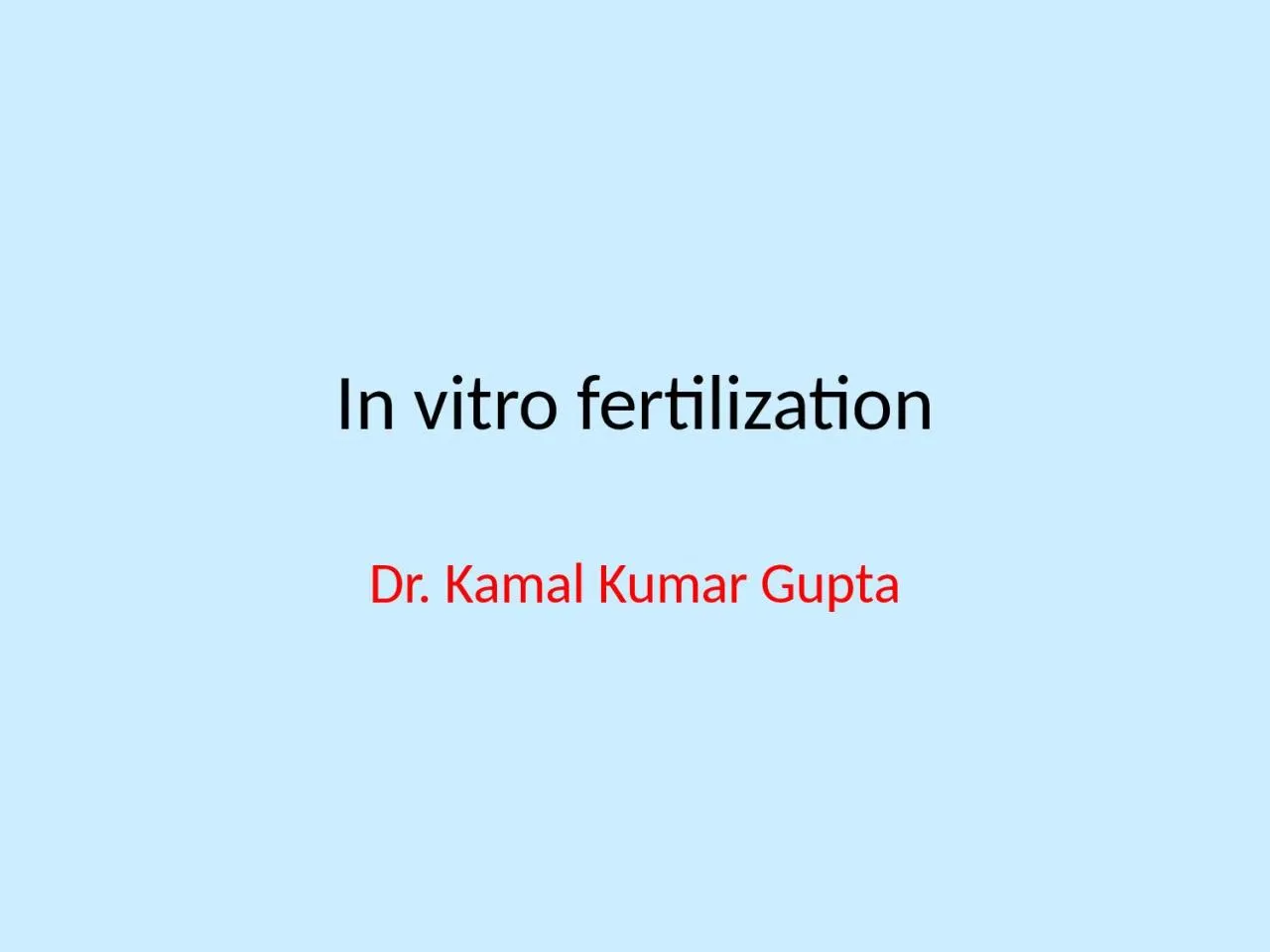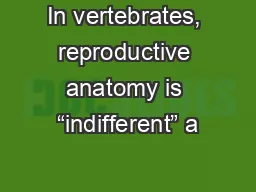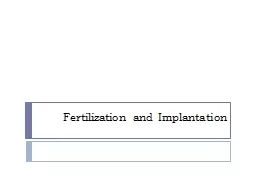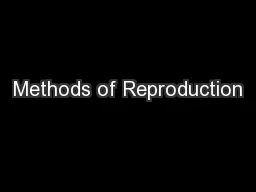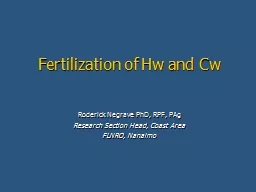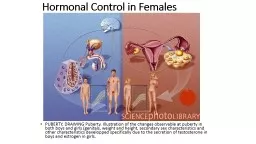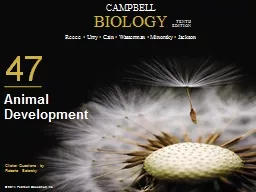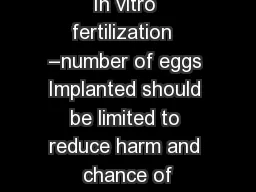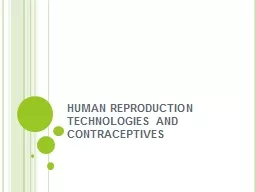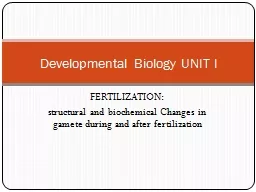PPT-In vitro fertilization Dr.
Author : cecilia | Published Date : 2022-06-01
Ka mal Kumar Gu pta Louise Joy Brown the worlds first baby to be conceived via in vitro fertilization IVF On July 25 1978 Louise Joy Brown the worlds first baby
Presentation Embed Code
Download Presentation
Download Presentation The PPT/PDF document "In vitro fertilization Dr." is the property of its rightful owner. Permission is granted to download and print the materials on this website for personal, non-commercial use only, and to display it on your personal computer provided you do not modify the materials and that you retain all copyright notices contained in the materials. By downloading content from our website, you accept the terms of this agreement.
In vitro fertilization Dr.: Transcript
Download Rules Of Document
"In vitro fertilization Dr."The content belongs to its owner. You may download and print it for personal use, without modification, and keep all copyright notices. By downloading, you agree to these terms.
Related Documents

